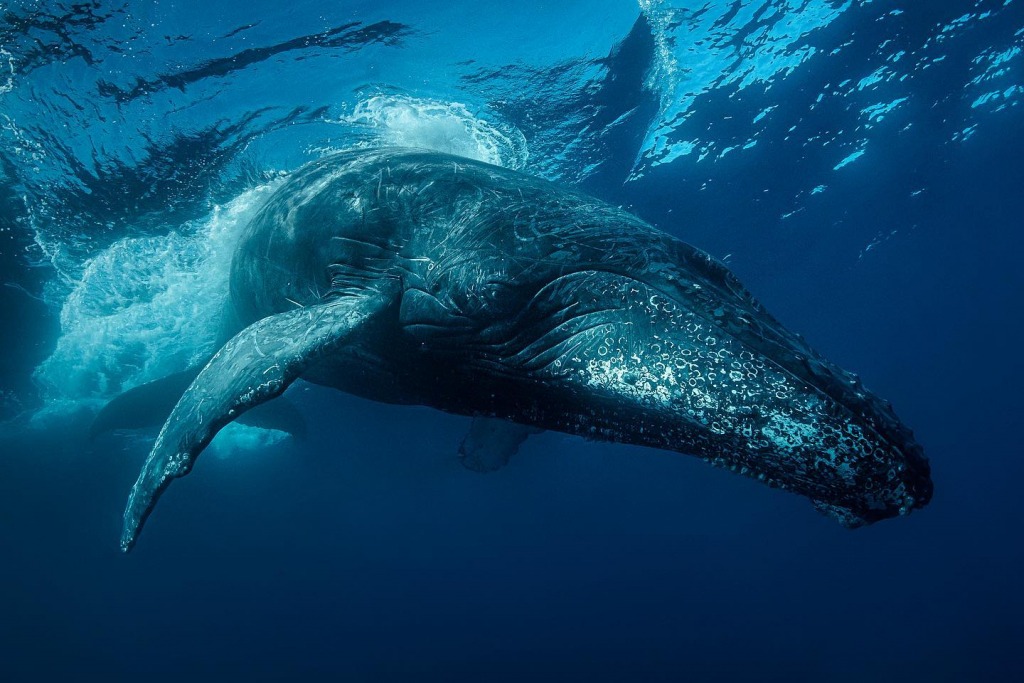The protective bays of Baja California make the perfect environment for breeding and calving humpback whales. These magnificent whales usually begin arriving in the warm and nutrient-rich waters of Mexico around November and stay there until the end of March. Join Baja Shark Experience in our whale atching expeditions to see these spectacular creatures in the flesh.
Male humpback suitors
A master of showmanship best describes a male humpback. The males just love putting on incredible displays of surface breaches. They are known for their huge splashes and haunting songs that can reach up to 20 miles. Some claim that the male’s songs are meant to attract females but there’s not enough evidence that can attest to this. Scientists continue to study the function of this behavior and its significance during the mating season. During the love season, a male looking for a mate would fight off rivals to get the female’s favor.

Protective humpback mothers
Male humpbacks looking for a mate can be quite aggressive. Males are known to compete with one another to get access to a female. They would leap, splash, and tower above the waves to show off their long, wing-like pectoral fins. When a mother and calf get unwanted attention from persistent suitors, the calf can get hurt. The calf can get injured or even crushed to death by competing male humpbacks. In some cases, the calf can get separated from the mom and become an easy target for predators like orcas.
Like most mothers, a humpback mother would do everything to protect its calf. A mother would not hesitate to fight to the death to protect her young. Whale observers reported that a mother and calf were relentlessly pursued by a group of males looking for a mate. At one point, the mom coaxed its baby to ride on its back for protection. The onlookers said that the mother decided to use their boat as a form of shield to safeguard her calf from overbearing suitors with high testosterone. Thanks to the fast-thinking mother, the male whales eventually backed off.
Another mother and calf in distress sighting showed the mom’s courageous move as she fended off feisty males by rolling and lashing out at them with her mighty fin. Being bigger than the males gave her an advantage. The males got the message and left the mom and baby alone.
Humpback calves like to whisper to their mommy
Research shows that mother humpback whales and their offsprings communicate to each other by making soft sounds. These sounds resemble soft grunts and squeaks which are quieter than their usual vocalizations. These “whispering” sounds enable mother humpbacks to track their young. The soft tone makes it harder for nearby predators such as killer whales to detect them. It also helps hide their presence from male humpbacks who are out seeking for mates.
